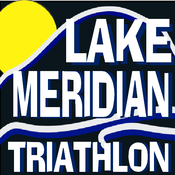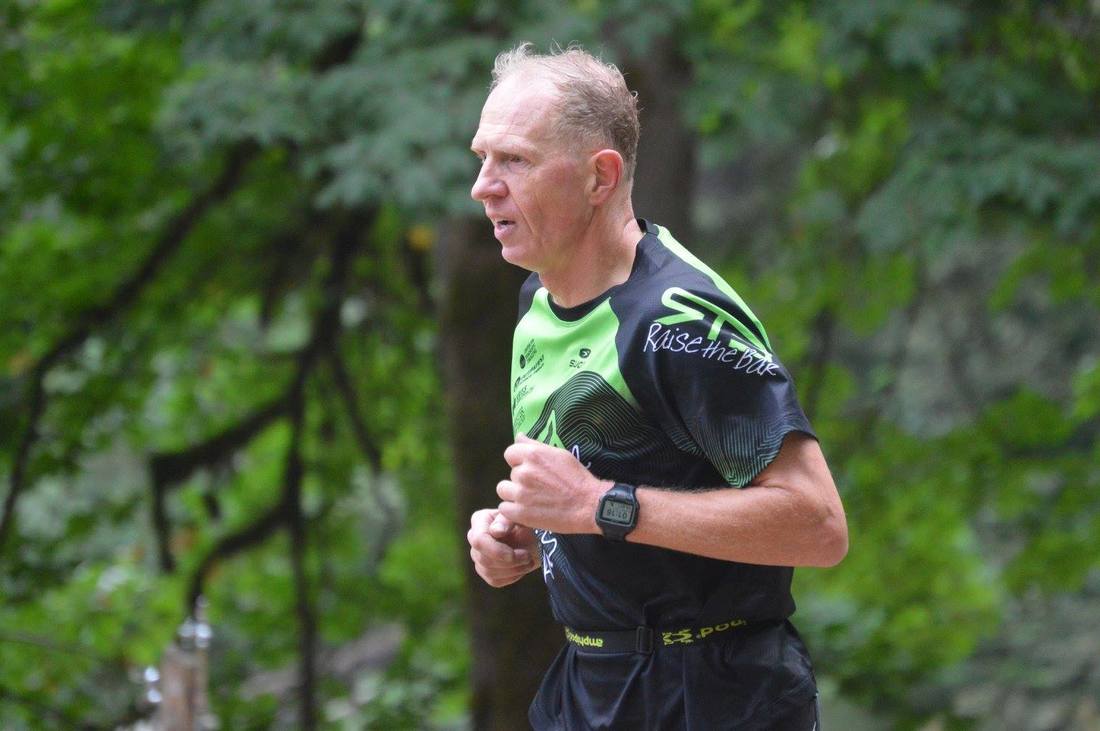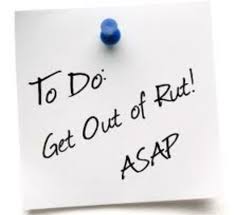 by Dr. Phil Kriss The hardest part is getting started Life can be stressful. We have jobs, families, workouts and household tasks that tug on us daily. Toss in the extras like a kid has a big challenge, or a career change or a move. One day things are going well, and within 48 hours life is different! Now, lets get the big idea we need to sign up for an epic event that will take 16-20 weeks to get ready for. When and how are you going to pull that off? Where will you find the time and energy to do it? There is only so many minutes in a week and so many calories to put in it. I had a conversation about that with a guy that is really busy. Like, he owns a few companies that are listed on the New York Stock Exchange. How do you fit it all in? His reply was “That’s what I like about Ironman. It makes you deal with the unexpected” Very true. I ponder, procrastinate and make a lot of excuses about why I didn’t or don’t want to sign up for a race or take on any other big task. But, after I sign up and watch the calendar, something clicks. Something comes alive and it is time to stop the tail dragging and get to work. It is almost automatic that things get done. We all get into a rut or a certain way of doing things. There is the pace at work. There is our swimming, running or biking pace. After a while it can become stale and routine. Unfortunately, the only difference between a rut and a grave is the rut has the sides kicked out. To get out of the rut, get out of your comfort zone and attempt the crazy! Toss on a bunch if stuff that has to get done and you may amaze yourself over how much stuff you can get done! It is a head trip. Part of you wants to go back to the rut. Part of you needs to get the stuff done. It is uncomfortable! To solve the head trip issue, you also need to change your mind. Tell yourself “nobody knows I don’t know what I am doing” or “this is what successful people do”. If you fake it long enough, you will believe it and so will others about you. Next thing you know, magic happens. All the stuff gets done, everybody is happy, you accomplished your dreams and amazed even yourself over how much you accomplished! A mind stretched to a new limit rarely goes back to it’s former limits. Find Dr. Kriss at his office in Maple Valley at Kriss Chiropractic
0 Comments
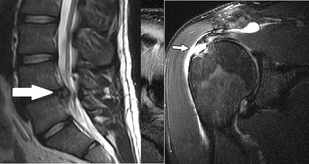 Not our images, but similar. Not our images, but similar. Submitted by Patty Swedberg If you're on Raise the Bar's Triathlon team or have raced at one of our events the last few years, you recognize the Center for Diagnostic Imaging as one of our sponsors. CDI's reputation as an outpatient provider (outside the hospital system) is that they can serve their clients faster and more conveniently with the highest quality providers, and at a lower cost. YAY! Many of our team members have used them for CT scans, MRI's, pain injections, breast exams, etc. This month, so have my husband and I. 2 years of Bill's persistent sciatic pain, and a year of shoulder pain for me is what ended us up at CDI last month. Our doctors through the Valley Medical system prescribed MRI's $$GULP and were a little surprised but not at all put off by the fact we wanted our images done at CDI. Their typical referral is to their own Valley Diagnostic Imaging, but as consumers we can go anywhere and insurance will cover it as long as the provider is in our network or course (We have Blue Cross Blue Shield). Everything went smoothly - the referral, prior authorization with the insurance company, and scheduling of the appointment was smooth and quick and nobody snarled at us for wanting to somewhere besides Valley. We did need to follow up with the Dr. when we'd had the images done for the next step. Out of curiosity, we did some cost comparisons to see what the extent of our out-of-pocket savings would be. We understood CDI would be cheaper - but how much cheaper??? We contacted both Valley and Multicare Diagnostic and learned our out-of-pocket for each MRI would be about $875 after insurance for the images and the radiologist report. We just got our insurance statements for the MRI's at CDI and our out-of-pocket will be $480 for the same. It does cost less at CDI - and not just a little! From signing in at the front desk and the procedure - definitely convenient and efficient. The staff made sure we were comfortable and informed. We could have accessed their Open MRI machine if we were claustrophobic but didn't need to. We left with CD's of our images and by the next day, we were both able to access the radiologist's summaries of the MRI's online and made appointments with the doctors who would be dealing with the next part of the journey, treatment. Bill is headed for back surgery in the next month or so. After reading my image, Dr. Schumacher from CDI recommended a great surgeon- Christopher Wahl - and I'll be headed to surgery eventually myself. Aargh we are getting old.... If you find yourself needing a service that CDI provides, it makes sense of many levels to investigate what CDI has to offer, not the least of which is a big savings. You can read more about how CDI stands out as a great option HERE. We continue to be grateful to them as a great provider and a sponsor! You can meet CDI's Dr. Schumacher and Aimee Geertgens at RTB's Season Kickoff Friday night! 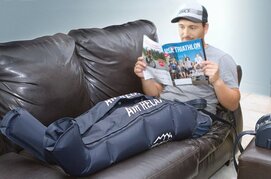 Yesterday, as I watched the last few seconds disappear from the timer on my treadmill, zeros were suddenly replaced with three additional minutes. It was time for the built-in “cool down” period. I slowed down to a brisk walk for at least fifteen seconds before pressing the stop button. Who has time to cool down? Even though I am well acquainted with the benefits of incorporating a gradual return to baseline after exercise (faster recovery of the cardiovascular and respiratory systems), I do not like to spend my precious minutes at the gym moving slowly. Enter recovery boots. Marketed as compression devices that improve recovery time and enhance training, recovery boots such as those created by NormaTec and Air Relax are both topics of lengthy discussion threads on triathlon pages and products promoted by the pros. The million-dollar question about these pricey ($400-$1000+) devices: Do they work? The Claims The most common claim from companies that sell compression boots is that they maximize or speed recovery. Other stated benefits include decreasing muscle fatigue, mobilizing fluids, reducing toxins, and boosting performance. Drawing from techniques used for decades in the treatment of lymphedema, recovery boot systems massage lower limbs in a specific order and direction via compressed air. Applied pressure is pulsed (rather than static) and moves sequentially from distal (feet) to proximal (knee). Athletes can strap the boots on, lay down on the couch and enjoy this passive recovery device while catching up on the latest missed episodes of Game of Thrones. 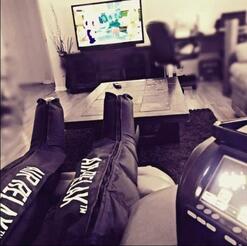 The Research Researchers generally agree that the pressure-to-pain threshold (PPT) decreases after even just one session. The PPT is a way to quantify muscle tenderness and soreness. Some studies cite improvements in muscle flexibility with the use of recovery boots, hypothesizing that dynamic compression helps move muscle tissue from a gel-like state after exercise to a more liquid-like state. Most studies also point to greater benefits following anaerobic exercise such as strength training. Recovery boots have not been linked with lower concentrations of inflammatory markers, which suggests they are not likely to speed up recovery after intense workouts. The Reality What does all of this mean in real life? Research articles qualify and quantify; they do not include reports of personal experiences from people like you and me. Scroll any triathlon social media page and you will find plenty of athletes declaring recovery boots as worth every penny. You will also find some who say they do not notice any differences in their workouts, fatigue levels or muscle soreness. There is a lot of room for “how” in the use of these devices. Some athletes use them immediately after every workout, others occasionally, some for 15 minutes and others for an hour. Of course, training schedules vary drastically from one triathlete to the next as well. The point is, it is not hard to find emphatic fans of recovery boots in the world of triathlon. However, rather than relying on an opinion or two from online forums or product reviews, it may be helpful to ask yourself some questions before you jump on the recovery boot train:
The bottom line is: recovery boots are not all fad. There are plenty of facts to support (some of) their claims. Now, the real dilemma is, are they right for you? Struggling with recovering from a workout due to an ache or pain? Contact an OPT clinic near you for a free consult with a board certified physical therapist: www.outpatientpt.com  Russell Tan is one of an unfortunate group of RTB members who've had an accident riding their bike. In 2015 he was hit by a car in Seward Park and ended up in Harborview pretty banged up. He's launching his comeback to triathlon and took some time to answer some questions about where he's at now and how that experience has changed him. Good stuff! How long did your recovery take? 1.5-2 years What were the factors or people that had the biggest impact on your recovery? I believe the mental and physical therapy had the biggest impacts to my recovery. From a PT standpoint, I had to have a unique type of therapy considering I participate in 2 elite sports: CrossFit (I'm a coach too), and Triathlon. I received anywhere but not limited to personal training, acupuncture/flame cupping, massage, TPI (trigger point injections), ASTYM (If your condition includes soft tissue degeneration, scarring, or fibrosis, ASTYM can boost your body’s natural capacity for healing by grooming down scar damage). In hindsight, I didn't get any mental therapy, but I believe there was a flame inside of me and mental fortitude to get past this and be the best version of myself. Talking with friends and family in the sport and alike really helped. There were numerous people who visited me at home after the accident, and that gave me hope and strength. What were the most significant non-physical impacts from your accident? The mental aspect of getting back on the saddle was huge. My first ride back, I was on the road with a few friends and had tons of angst, but without them near me acting as a shield of sorts, I couldn't tell you how long it would take for me to get back on the saddle. What did you learn about yourself through the whole ordeal? We get stuck in the hustle and bustle of external factors and having nice things, having a great career, and living up to the status quo of what people have/think, that it's real simple for me these days: Live in the moment, enjoy life, and take advantage of this 2nd chance in life you were given. Appreciate and love the ones who showed up when it mattered most and haven't wavered until this day. Did you learn anything new or see anything differently now? I appreciate the sport even more now considering what happened. Not just the physical preparation, but the key details that help aid in your performance such as supplementation. I learned about so many new and helpful products to take. Equipment was another thing. I've always valued paying an extra dollar to get a quality product and learned I got what I paid for when I didn't. Had it not been for my Catlike helmet maintaining its integrity as I hit the windshield and ground, I may not be writing this e-mail to you. $300 is a small price to pay for vs. your life! What are your recommendations for someone who faces a similar situation? Take you time...there were moments where I tried to get a week ahead of schedule in PT, or assumed, "ok, I'll be good next month." As weird as this sounds, embrace and enjoy the journey. Take stock of the good and the bad moments, because you'll learn a lot about yourself and realize what kind of internal grit and mental endurance you have. What are you most thankful for today? I'm thankful for this second chance at life and being able to partake in this sport and appreciate others that are near and dear to me. I'm extremely grateful to all of the trainers and family/friends who tireless stood by my side to get me back here. I'm excited to get back to the starting line at 70.3 on 6/30/19--everything happens for a reason, and there's a reason I'll be blessed to have that natural high crossing the finish line and being announced that I'm an Ironman again--there's no other feeling that comes to it. The fans, the final 100 yards, crossing the finish line with flashes of light from cameras hitting my face, the volunteers holding onto me and handing me my medal. This all happened to make me realize that I have more work to do and others to share the journey with--one mile at a time leading up to 140.6 and the beauty life has to offer. |
Raise the BarRace reports, upcoming events, news, and more, from RTB. Archives
September 2023
|
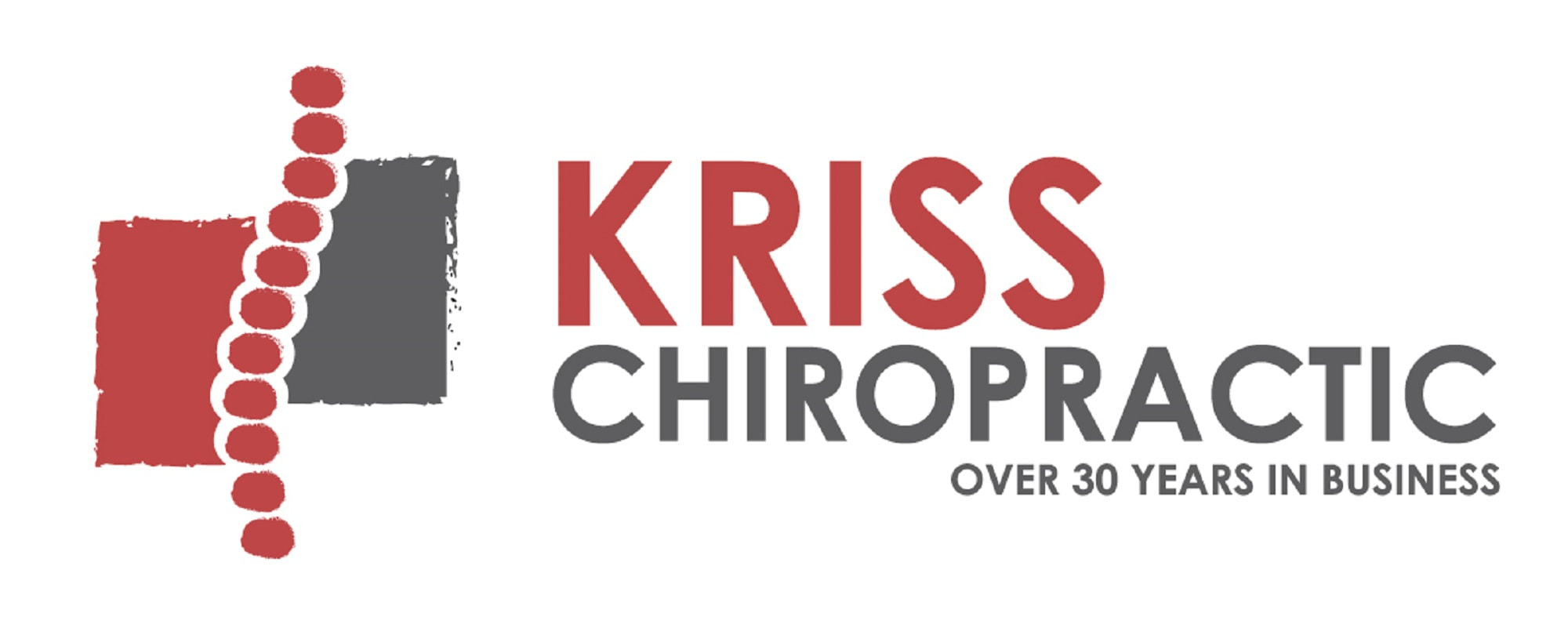



 RSS Feed
RSS Feed
